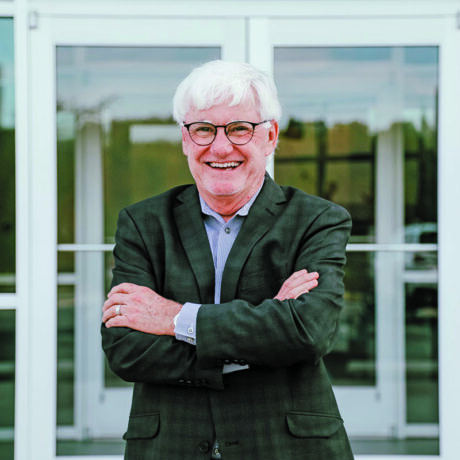
From a humble garage, the company that would become known as SES (Special Event Services) has grown into a multimillion-dollar enterprise with more than 500 employees and contractors serving a diversity of clients across nine companies today known as the Concert Stuff Group (CSG). Founder Jim Brammer’s remarkable story involves partnerships, a savvy business sense, and an instinct to know when something could be better coupled the ability to make it so. He is perhaps most influential is his pioneering work for the House of Worship market, where he brought the high-level production found in internationally touring rock concerts to worshipers, particularly for the Billy Graham family. “My time with Dr. Billy Graham was special — indescribably good,” Brammer says. “He impacted a lot of people’s lives and I feel like I had some small part to play in that. He was one of the best things that happened to me and my family.”
Through it all, Brammer’s ability to surround himself with the best people and properly reward them has been a cornerstone. “I’m all about rewarding the people who help me not just financially, but also by providing a vested interest in the business. I need them to help me build it, and they need to own some of it.”
“I have known Jim since the late 1980s, when SES was a sound company and a great provider,” says Bandit Lites’ Michael Strickland. “We have worked together on a variety of projects, including the first few Hootie and the Blowfish tours with Jim doing audio, trucking and production management; and Bandit providing the lighting — premiering the all-new High End Studio Color! We were delighted to help. Jim would become a full-service provider and he has done an amazing job of that. He is a great friend and a true professional.”
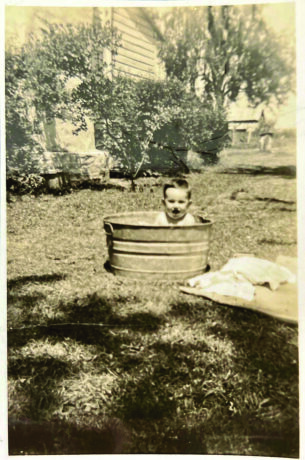
Hardscrabble Beginnings
Brammer is not exaggerating when he says he grew up on a farm right outside Mayberry, RFD (the town where Sheriff Andy Taylor and Deputy Barney Fife from TV’s Andy Griffith Show was set). He was raised on a tobacco farm near Mount Airy, NC, the town the TV series was based on. It’s about 40 miles from Winston-Salem, and a million miles from concert touring with major rock acts. Raised by his grandparents, he was instilled with a work ethic that came with a hardscrabble farm life. “We worked from sunup to sundown, and if we didn’t grow it, we didn’t eat,” he says. “We were simple people, and at the time I had no idea how poor we were.” He says his grandmother, Allie, was one of the strongest people he ever knew. She was one of 13 children; his mother was her 13th child born on the 13th of a month; and Brammer was Allie’s 13th grandchild.
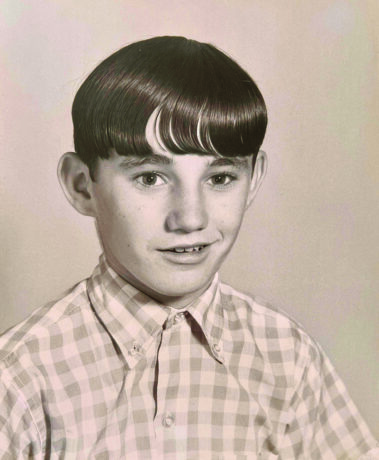
But it was a song on the radio that would set Brammer in motion. He recalls with emotion driving his Monaco blue ’63 Chevy Super Sport and hearing the Rolling Stones’ “Jumpin’ Jack Flash” and was so moved he had to pull off the road to finish listening to it (“I had an under-dash reverb unit in it, and the Stones sounded like they were in a concert hall”). By the time he graduated from high school, he initially wanted to play music but was “a poor bass player,” so he needed another plan.
He entered Carolina School of Broadcasting in the big city of Charlotte, as he aspired to be a radio DJ. But alas, he “sucked” at that as well. In 1972, the last year of the Vietnam draft, his number was about to be drawn, so he joined the Navy. The recruiter had a slot open for an electronics tech, and he scored high enough on the aptitude test to get that coveted position. After his first plane ride ever to boot camp in Orlando, he would later take his first flight overseas to Athens, Greece where he did hydrographic survey work. (That’s the science that measures and records the features of the navigable portion of coastal areas.)
Discharged at 21, he received every tobacco farmer’s dream job: a spot at R.J. Reynolds Tobacco Company in Winston-Salem, NC. His mother was so happy, she cried. But it would not take. “I hated it,” he states bluntly. “I was young, single, and had had a taste of the world.” He hit the disco clubs, saw the gear, and thought that was something he could do. Then he started saying that out loud. “I was told I lost my mind, and I said, ‘watch me.’”
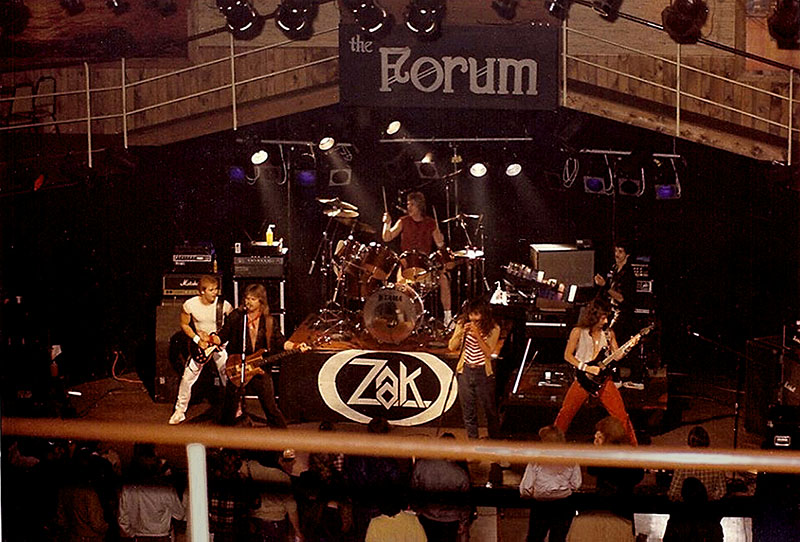
Changes Afoot
In September of 1976, he opened the doors of E.J.’s, his first disco club. It did well, but he felt that he could do more than just having a DJ in a booth spinning records, so he started booking live entertainment — specifically Motown and Carolina Beach Music. He liked working with live bands even more than DJs, so he cast a wider net, hosting regional rock acts and even a few national ones. One Sunday he was able to work with Fats Domino, which was “a thrill that set the hook even deeper, and I knew I could be successful at this thing.” He went on to convert an old movie theater to a 1,000-seat live music venue called the Forum Music Theater. There he booked acts like the Pointer Sisters, Pablo Cruise and Average White Band, establishing the Forum as a stopping point for national tours. One frequent performer was Charlie Daniels, and the two became friends.
Daniels would plant the signpost for Brammer’s destined career trajectory when he started talking to him about the need to do a benefit concert for service vets. In 1983, Brammer rented a local minor league ballpark and pulled off the first Let Freedom Rock event, which also featured Marshall Tucker Band, Molly Hatchet and the Nitty Gritty Dirt Band. It was incredibly successful on all levels, raising $55,000 for the Triad Vietnam Veterans group. Afterwards, Daniels slapped him on the back and said, “This is your calling; get out of the bar business and do live events.”
Brammer took heed. “That fundraiser launched us with live music, and promoters took notice. And remember that at this point, this was still a pretty young industry.” Then the 1980s rolled in, and “it really sprouted it legs.”
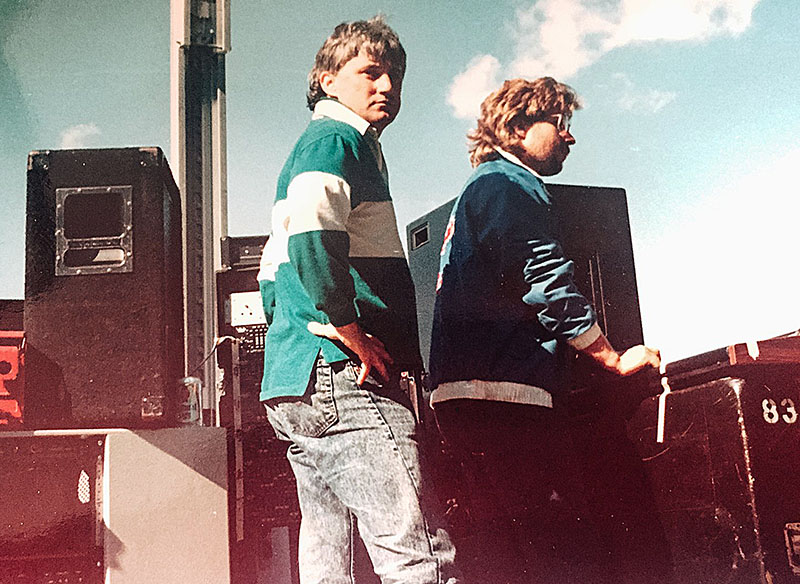
SES Beginnings
In 1986, Brammer and wife Lynn plus friend Jeff Cranfill started Southern Lites. They started as a lighting company because there were none in the region, but just a year later they added audio. For the lighting part, they received assistance from Strickland of Bandit Lites (recipient of the Parnelli Visionary Award in 2020). Lynn kept her day gig as a flight attendant at the time, but also moonlighted as the number three of three truck drivers, often running over to Bandit Lites’ Knoxville location for equipment runs. Looking to expand even further, they would soon rebrand as Special Event Services (SES).
They were building the company doing a variety of work, including closed-circuit boxing events. Then the early 1990s proved to offer steady growth, particularly in the corporate theater market. SES also started doing more festival work. But 1994 would be the pivotal year as they took on two wildly different clients: pop-rock group Hootie and the Blowfish and renowned evangelist Dr. Billy Graham.
Through Wilson Rogers, who ran the Walnut Creek Amphitheater in Raleigh, Brammer was introduced to Graham’s production team, as Billy and Franklin wanted to do a four-day crusade there. Brammer met with Graham’s team and SES was hired. What happened next was anything but usual: “We ended up getting the event at a time when Hootie had the week off, so we brought in that gear and crew for the crusade.” He laughs and tells of how the director, Tom Bledsoe “as kind and gentle soul as there ever was,” was on site the night before the crusade’s first day.
Bledsoe looked over to the heavily tattooed monitor engineer who was sporting a T-shirt and hat with expletives on them. “Jim, let’s talk about a dress code for these guys,” he said to Brammer. The order for devotions-appropriate attire followed immediately. “We all got indoctrinated pretty quickly,” Brammer adds with a laugh. More importantly, Graham’s team was pleased with how well that crusade went. Being in the rock ‘n’ roll business, SES knew how to get whatever was being said into that Shure SM57 on the stage “into the nosebleed section, as [Graham] wanted everyone — including the little old ladies up there — to hear every word.”
SES went through “miracle growth” from 1994 to 2001. On one hand, they were working major tours with Hootie, 3 Doors Down and Coldplay; on the other, they were serving an increasing number of evangelists and busting open the House of Worship market. “We had a lot of things going on all over the country, and also internationally with Franklin Graham.” They added another partner, Jason Farah. They acquired their Winston-Salem headquarters, previously an RJR tobacco warehouse. Brammer says he couldn’t imagine ever using all that space, yet it quickly became so full there were times they had to leave gear in the trucks in the parking lot because the warehouse was literally packed to the ceiling.
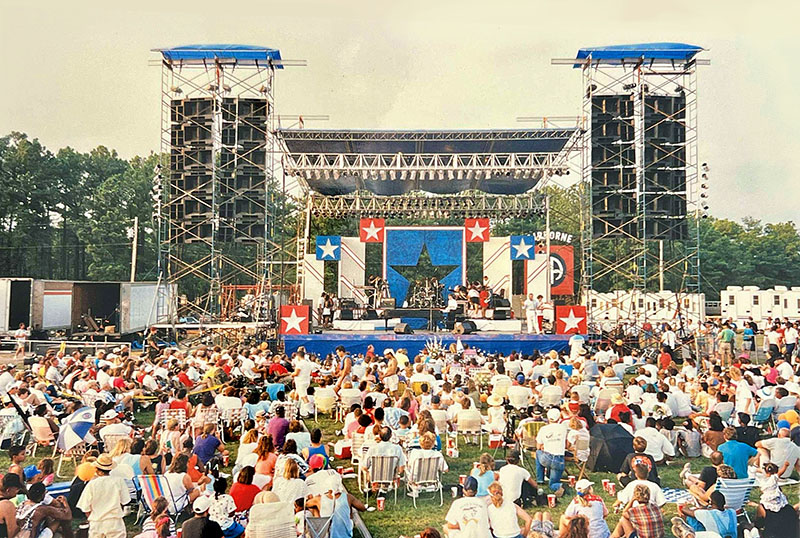
Serving the HOW Market
In 1996, the Graham team created a youth event not like any of their previous ones. It featured Christian rock music and all the lighting and audio that goes along with rock music. “That year Dr. Graham totally shifted to what was a modern-day festival,” Brammer explains. Also, that was the same year of the first big Hootie tour, and Brammer was also asked to be production manager. About halfway through that tour, one of the truck drivers missed a load-in — for the second time. Brammer announced that the driver had to go. “The band was stung by that and said they had never fired anyone before.”
Brammer responded: “Here’s the deal: either he goes, or I go.” Bandleader Darius Rucker would then utter a line to Brammer that Rucker would repeat often over the years: “I’ll do the singing; you run the tour.” So Special Event Transportation (SET) was launched, and Brammer talked his wife Lynn into running it out of their basement for the first three years. (Today, they have more than 100 trucks.)
As the HOW market continued to grow in the late 1990s, other ministers realized that they needed better production, and in 1998, Brammer would meet the most prolific evangelist he had worked with to date: Joyce Meyer. Meyer, an evangelist from Fenton, MO, reached out and Brammer answered. Meyer had been touring churches for the previous 17 years and wanted to do larger venues. “I went to the first event in Birmingham and standing on the side of the stage. I was mesmerized.” Joyce walked off the stage, stuck out her hand, and said, “I hear you’re the one who’s going to take us to convention centers around this country.” Brammer responded: “No, ma’am — I’m the one that’s going to take you to arenas around this country.” Next Joel Osteen came calling, and both are still clients today.
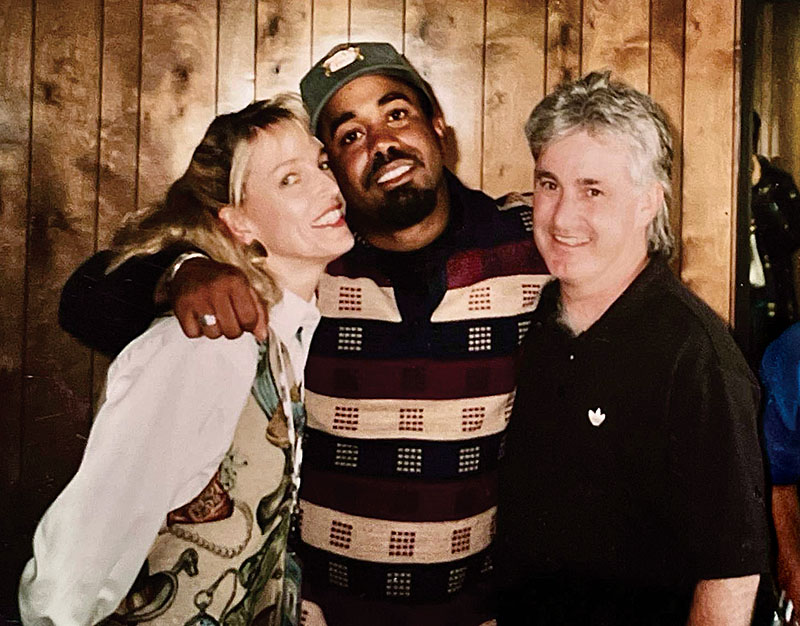
Jim Brammer in 1994
While out on the road with these nationally known evangelists, local ministers would start asking how they could upgrade their churches with professional lighting, sound and video. “It became another line of business,” Brammer explains. “We realized that we had to help churches.” And while yet another new division wouldn’t be formalized into Special Event Services Integration for a decade, that market grew significantly for them. Today, the total faith-based market makes up around 50 percent of the organization’s work.
In 2000, Brammer was in Nashville, assisting a remote audio recording and broadcast of a Graham Crusade at the LP Field (now Nissan Stadium) and it was tougher than usual. “When we arrived, we saw there was a lot of field damage as well as damage to the Terraplas field cover. I was asked if I could mitigate that going forward, and I said yes.” And thus, he added yet another hat, as site coordinator for the organization. At that same Crusade, the Country Music Association (CMA) sent a delegation over to assess bringing Fan Fair from the Nashville Fairgrounds over to LP Field. This led to Brammer becoming site coordinator for the CMA Music Fest for the next 10 years.
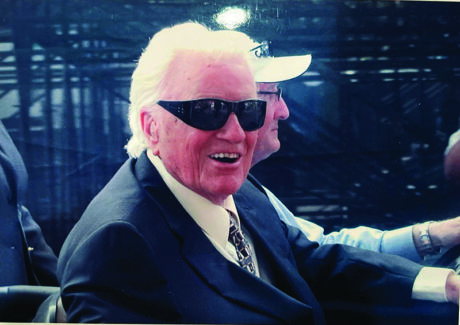
Now with site coordinator eyes, Brammer was noticing that outdoor staging was inefficient, inconsistent, and costly to deploy. Once again, he started wondering if there was a better way. “I wanted to develop a staging system that was easier to get in and out of venues, specifically baseball stadiums, without taking the enormous resources of time and labor that was then being used to do it.” He tells of an especially significant moment standing in New York’s old Shea Stadium for Billy Joel’s Last Play at Shea. In his company was Brown United’s John Brown, production manager Bobby “Boomer” Thrasher and production designer Steve Cohen and all witnessed a load that was not going well; for example, the roof of the eight-post stage was still on the deck at 5 a.m.
“That’s when I realized I had to take control of this and create a better system,” he says. In 2006, Brammer co-founded G2 Structures, created the K2 stage, and the company flourished. (Brown would amicably part a few years later). (Today it’s the K2i stage, with improvements inspired by two other Parnelli Lifetime honorees, Thrasher and Mark “Springo” Spring.) In 2022 alone, G2 handled the staging needs of the ACM Awards, Bad Bunny, Chris Stapleton, Lady Gaga, Joel Osteen and many others, including clients Live Nation and AEG.
In 2008, SES Design Build was launched, which became SES Integration in 2015. It was successful in providing turnkey audio, lighting, video, acoustics and design services for the House of Worship market. SES Integration’s growing client list includes recent work at the Cove Church of Mooresville, NC; Chicago Tabernacle of Chicago, IL; Times Square Church of New York City; Elevation Church Ballantyne Campus in Charlotte, NC; and many others. Projects have ranged from upgrading existing buildings and systems to complete from-the-ground-up construction projects.
Another seminal year was 2014: SES handled production services for Joel Osteen at Yankee Stadium; Zac Brown Band at Madison Square Garden; Joyce Meyer at St. Louis’ Enterprise Stadium; and stadium staging for Billy Joel’s tour. That was also the year that son Michael took over as SES director of touring.
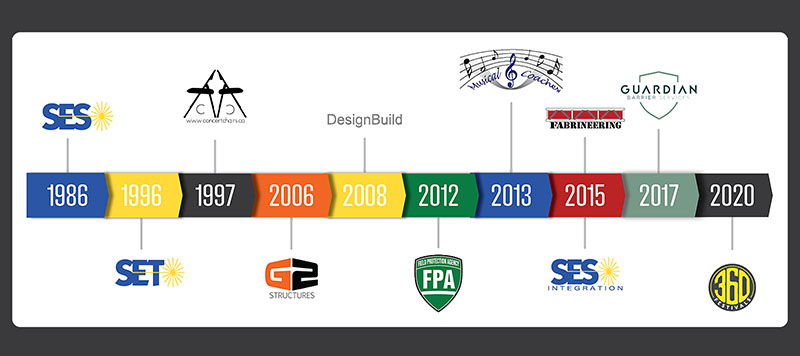
In 2018, SES launched another new division, SES Creative. This division also focused on the House of Worship segment, offering their expertise for churches nationwide. They took a novel approach in offering subscription-style partnerships, going beyond the typical box-sale and install services currently on the market. “We wanted to create solid solutions that were creative but also aligned with the mission of the local church,” he says. More entities followed, with Concert Chairs in 2000, Field Protection Agency in 2009, Musical Coaches in 2013, G2 Mobile Structures in 2014, Fabrineering in 2016 and Guardian Barrier Services in 2017.
The most recent incarnation put all the companies under one umbrella: Concert Stuff Group, CSG. “CSG was formed one afternoon as a bet with Michael and our former media director,” Brammer explains. “I was frustrated at the rather slow pace they were working to establish our media footprint. I made a bet with them that I could create one ‘presence’ that could consolidate our message across all nine operating companies in 24 hours or less. They asked what I would call it and I said it’s unimportant; but for purposes of this discussion, we’ll call it ‘Concert Stuff.’” The name stuck.
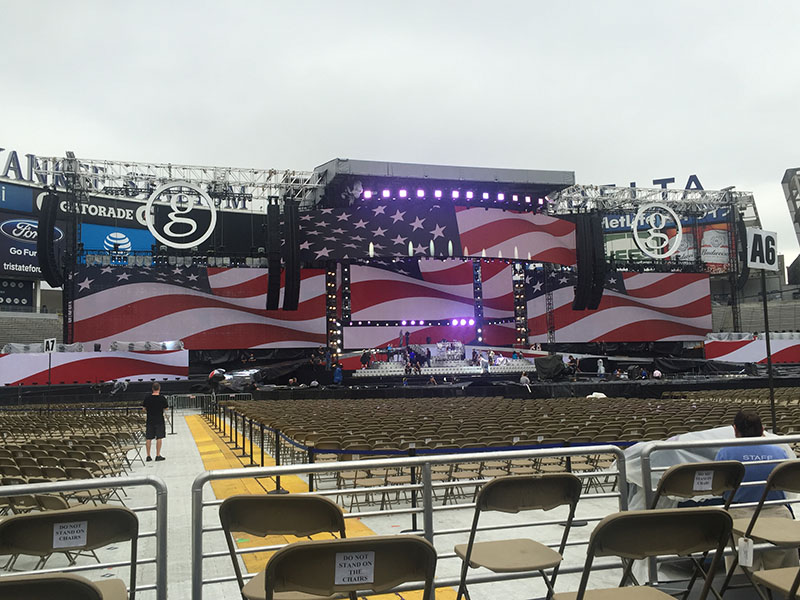
“The move into tops, staging and chairs really solidified Jim within the industry,” Strickland says. “He has identified needs and delivered solid high-quality solutions.” In November of 2020, SES opened a new 52,000 square-foot headquarters. That year, it was also announced that Michael Brammer was made a fully vested partner in the company.
To better serve client needs, SES has also made some significant industry alliances along the way. In 2021, Brammer, with Aaron Soriero of Atlanta-based Music Matters Productions, joined forces to form festival production company 360Festivals. The venture focuses on top-to-bottom, high-end festival production, serving as a premier one-call solution for all festival production needs. From creative design, logistics, staffing, the world’s largest festival stages, seating, barricades and the best AV equipment in the industry, 360Festivals can provide an all-inclusive festival experience for clients across America.
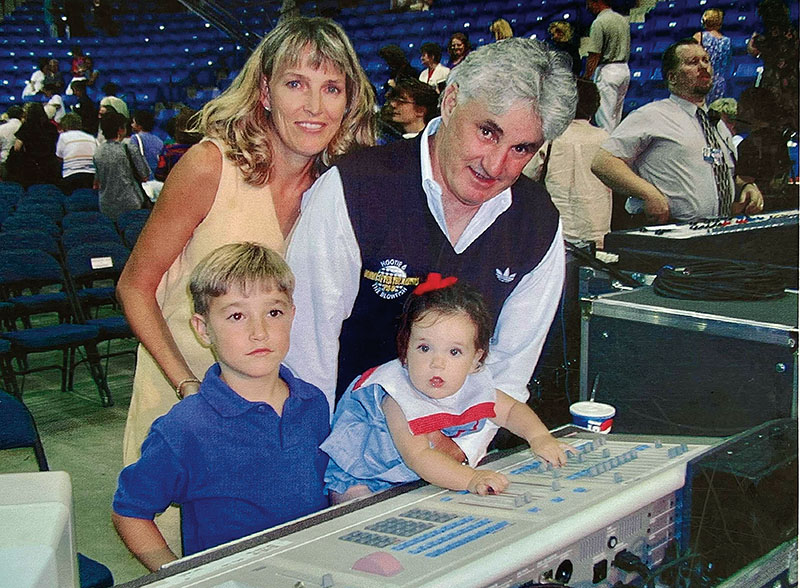
Putting People First
Brammer and his companies have endured the industry’s downturns with the same resolve and creativity that had them thriving during the good times. After 9/11, he looked inward on the business and applied the “80/20” principle, which states one gets 80% of their revenue from just 20% of their clients. “We had 88 active clients and I fired 66 of them. That freed up an enormous amount of time, and allowed us to start 2002 lean and mean.”
Brammer has been known to share successes in the form of generous bonuses. In the case of SES Integration, first year bonus checks were more than the founding employee’s salary. “It’s all about finding the right people, empowering them and rewarding them.”
Today, there are some changes to Brammer’s workload, but don’t call it “retirement.” “I can’t find the word in the dictionary,” he says. “It’s more like I’m refocusing. I’ve been so fortunate to have a team of people who came on this journey with me and are ready to run their respective companies and are really good at what they do. I’m just going to assume the role of oversight and vision.”
As to receiving the Parnelli award, “my first thought when I heard this is that you must have run out of people to give it to!” he jokes. “I am humbled to be considered to be in the same class as so many of the people who have come before me, many who have mentored and taught me so much. The biggest thing I’ve learned is that relationships and the way you treat people are more important than anything else.”
Not surprisingly to anyone who has spent any time with Brammer, he shares credit for this lifetime achievement award. “I’m really proud of my family, my partners, and our team of employees. What it took to get here was definitely a team effort.”
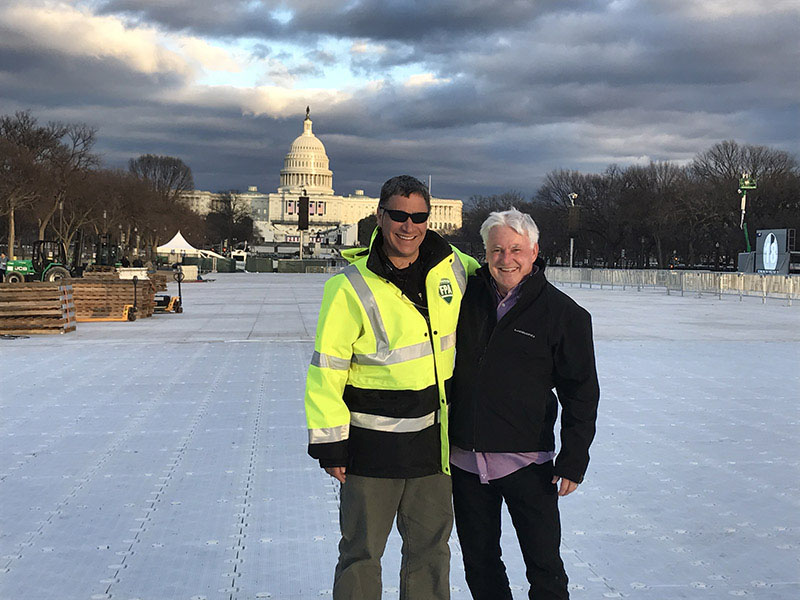
Jim Brammer will receive the Parnelli Lifetime Achievement Award at the 22nd annual ceremony, set for Jan. 26, 2024, during the NAMM Show in Anaheim, CA. For more information, visit www.parnelliawards.com.

